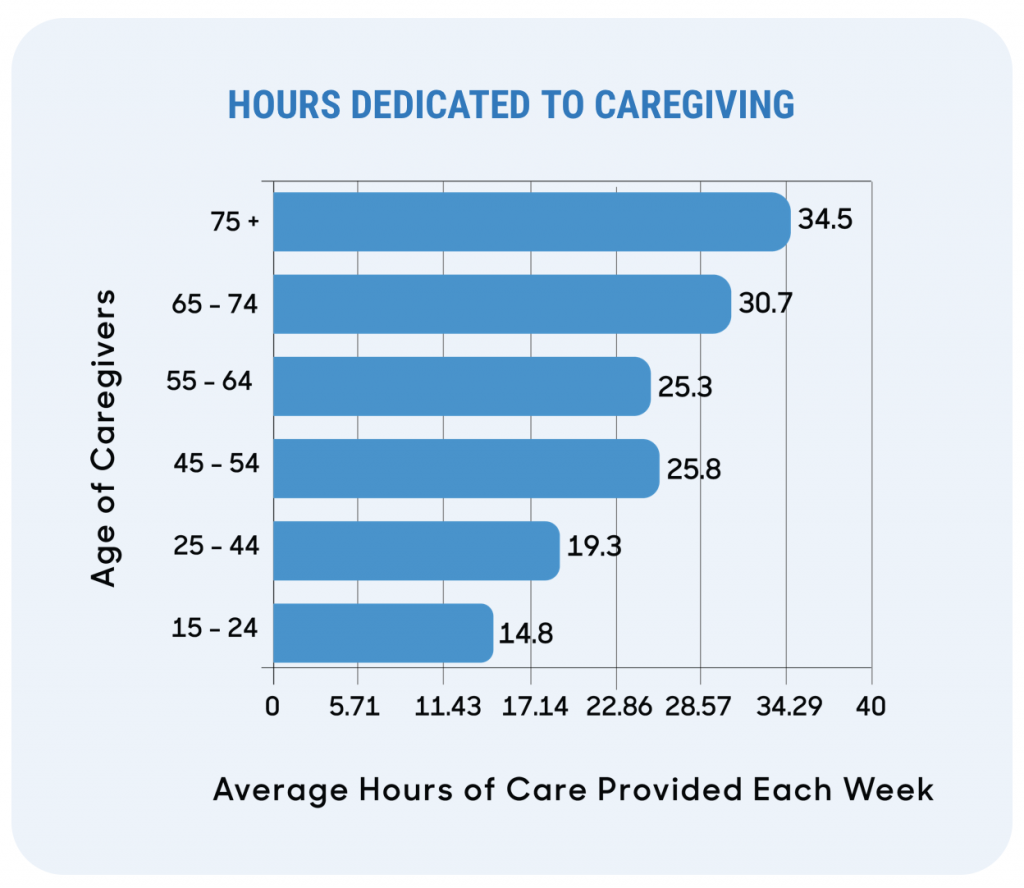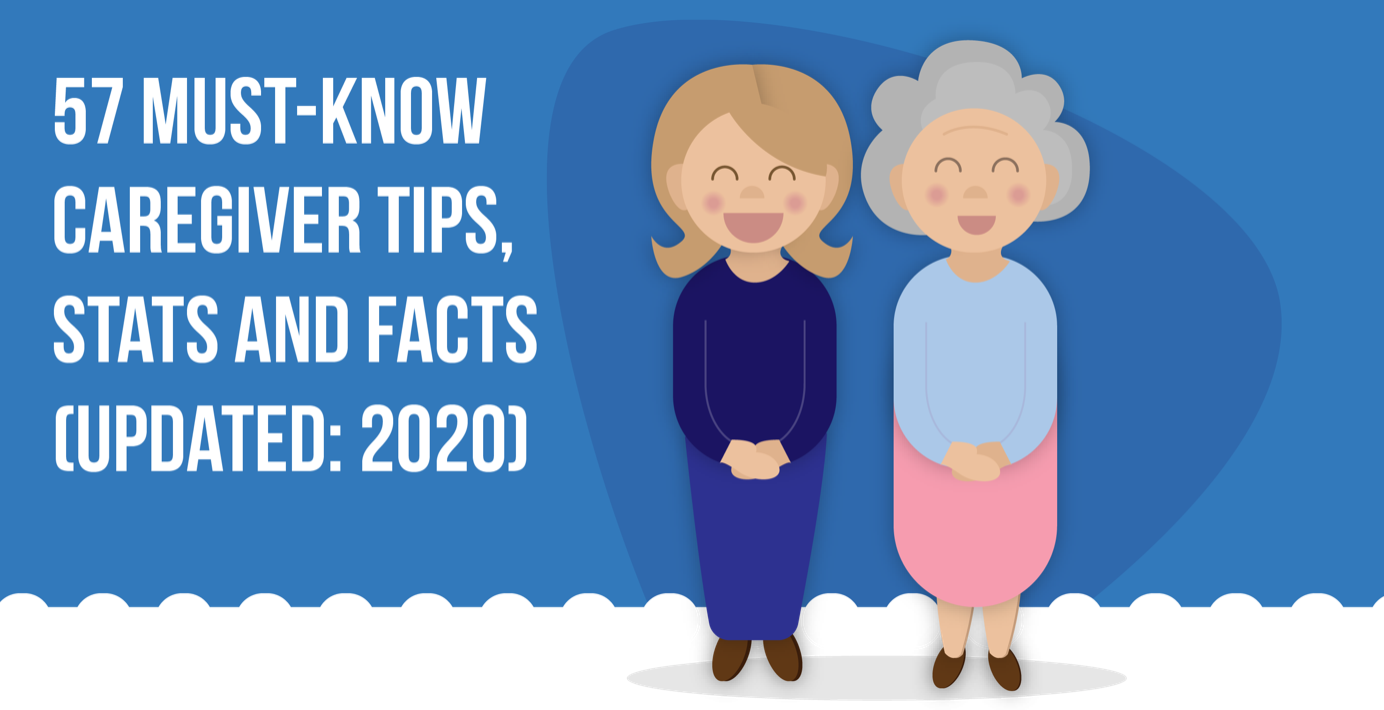Being a caregiver is rewarding, but not always easy. Caregiver burnout is a very real problem, especially in situations where there is no “back up” for the primary caregiver. In these instances, it’s important to make sure there are ways to care for oneself, too.
Caregivers are relatives or paid assistants who consistently provide care for the elderly or people with disabilities. Spouses, friends, parents, or other family members usually take the role of caregivers, and the need for care is many times caused by a major health incident, such as a heart attack, stroke, or injury.
Whether you are a caregiver yourself, or you know any affected individuals who need care, here are some relevant caregiver statistics that might inform you about the effect that this often ignored role has on our society.
- 92% of caretakers providing 21 hours or more per week
- 48% of carers are between the ages of 18 and 49
- 34% of carers are over 65 years of age
- Caretakers spend an average of 13 days a month on tasks like shopping, preparing food, house cleaning, laundry, transport and administering medication.
- Family caregivers of individuals who suffer from dementia indicate spending an average of 9 hours a day providing assistance to their relatives.
Being a caregiver is rewarding, but not always easy. Caregiver burnout is a very real problem, especially in situations where there is no “back up” for the primary caregiver. In these instances, it’s important to make sure there are ways to care for oneself, too.
Please click on the image below for more must-know caregiver tips, stats, and facts.



Join the conversation!